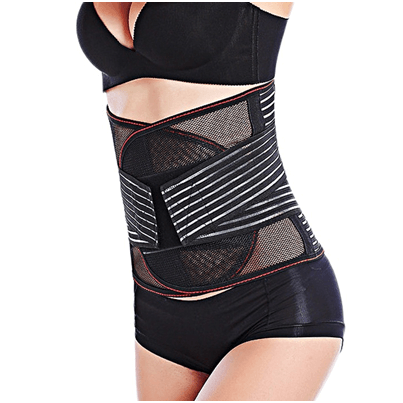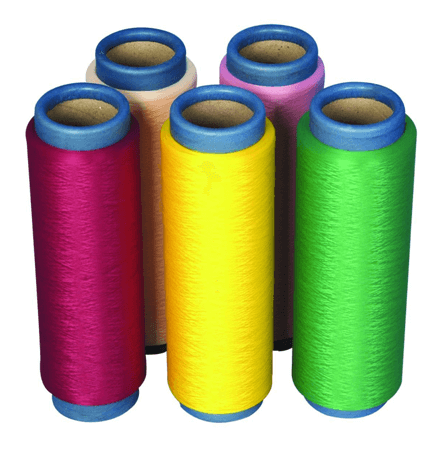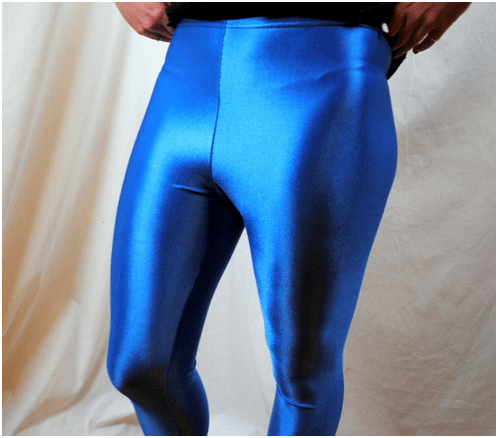
The Different Properties of Spandex Fibers
Spandex is a term used as an anagram for the word expands. The synthetic fiber is also known as lycra or elastane and is popular for its exceptional elasticity. The classic AC air covering machine can produce the spandex fibers through any of the following means:
- Melt extrusion
- Reaction spinning
- Solution dry spinning
- Solution wet spinning
All the above methods feature an initial step that involves the reaction of monomers to produce a pre-polymer. The pre-polymer that is formed is then reacted in various ways using the different methods to give the fibers.

Of all the above-listed methods, the solution dry spinning is the most common and produces approximately 94.5 percent of the world’s spandex fibers.
The process…
The process has 5 main steps:
- The first step produces the pre-polymer by mixing diphenylmethane diisocyanate monomer with micro polyester in a reaction vessel.
- Next, the prepolymer is reacted with a diamine of equal amount. The product is then mixed with a solvent to dilute it and give it a spinning solution. After dilution into a thinner solution, it’s then pumped into the fiber production cell.
- The spinning solution then goes into a cylindrical spinning cell. It’s then forced into a metal plate called a spinnerette. Here, it’s cured and turned into fibers. The strands are heated in the presence of nitrogen and solvent gas; this is the process that causes the liquid polymer to react chemically and form solid strands.
- The strands are bundled to form fibers of the desired thickness as they exit the cell. A single fiber is made up of multiple smaller individual fibers.
- The resulting fibers are treated with a polymer such as magnesium stearate to prevent the fibers from sticking together.

The Properties of Spandex
Microscopic Appearance
- Has a smooth structure
- Has a serrated structure that holds it in place and prevents it from slipping. This also enhances the flexibility
- Longitudinally, it shows fibers of similar diameters
- Cross-sectional: it shows the different shapes of filaments
Physical properties
- Can elongate anywhere from 500 to 700%
- Has an excellent elastic recovery
- Tenacity (strength): 0.5 to 1.03
- Its moisture regains is 0.3 to 1.2%
- The specific gravity is 1.2 to 1.25
- Easy, quick, and uniform dye application
- Often white in color
- The multifilament fibers are more absorbent than the monofilament fibers.
Chemical Properties
- Resistant to almost all chemicals
- Can be degraded by concentrated alkalis at high temperatures. This results in loss of strength
Thermal Properties
- After being burnt, the fibers will form a gummy residue
- Spandex can be ironed safely at the temperatures of 150°C or below
- Most spandex fibers are not ruined during dry cleaning, laundering

Major uses for spandex fiber
Spandex is used in a wide range of garments due to its high elasticity and significant strength. It’s often mixed with cotton or polyester. Most of these garments are skin-tight and often dry faster than ordinary fabrics. Some applications of spandex are:
- Swimsuits
- Activewear
- Tights and leggings
- Bras
- Belts and gloves
- Cycling shorts and jerseys
- Superhero outfits
- Wrestling Singlets
- Ski pants
